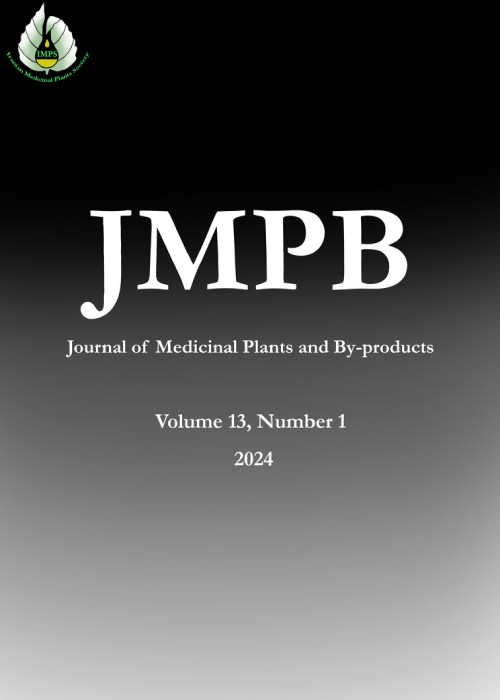Evaluation of Morphological and Fatty Acid Composition of Different Sesame Cultivars
Sesame (Sesamum indicum L.) an herbaceous annual plant belonging to the Pedaliaceae family is one of the most ancient and important oilseed crops in the world. It is cultivated for its edible oil for medical and pharmaceutical applications. This study was carried out to evaluate the morphological traits and fatty acids composition of 15 different sesame cultivars at Agricultural Research Farm of Islamic Azad University, Isfahan (Khorasgan) Branch in 2018. The morphological traits were measured according to International Descriptor for Sesame. Also, the oil extraction was done by Soxhlet method and fatty acid composition of the sesame oil was determined using gas chromatography (GC). The experiment was laid out on the basis of randomized complete block design (RCBD) with three replications. According to the results, plant height was varied from 70.67 to 130.67 cm. In relation to capsule length, Sabzevar × Pi599457 and Sabzevar cultivars had the highest and lowest value, respectively. The highest total seed yield was measured in Esfahan (3070.20 kg/ha) cultivar, while the lowest one was in Pi599457 (195.64 kg/ha) cultivars. The highest and lowest oil percent was observed in Sabzevar and Borazjan 2 cultivars, respectively. In terms of fatty acids compositions, Palmitic acid (7.08-10.87%) was the main saturated fatty acid (SFA) and the highest value was found in Esfahan cultivar and the lowest in Pi2358371 cultivar. Regarding unsaturated fatty acids (UFA) Pi2358371 cultivar and Esfahan cultivar showed the highest and the lowest values of oleic acid, respectively. Among the evaluated traits, a significant positive correlation was detected between all morphological and biochemical traits, whereas a negative correlation was found between saturated and unsaturated fatty acids contents. According to SFAs, arachidic acid was positively correlated with stearic acid (r=0.8; p < 0.05). In addition, palmitic acid was negatively correlated with oleic acid (r=-0.78; p< 0.05). As stated by the morphological and biochemical clusters, Esfahan cultivar and Pi161385 cultivar had the most distance in both cluster. The morphological characters of Sabzevar cultivar was very close with Pil61385 cultivar originated from South Korea. Morphological characters from Borazjan 2 cultivar were similar to Halil cultivar from Iran and placed in the same sub-cluster, while it had the same biochemical value as same as USA and South Korea origin cultivars. This analysis shows that cultivars with different origin had different relationships in biochemical and morphological traits. Morphological and biochemical characteristics among different sesame cultivars could be useful in breeding programs and will help to increase high quality production.
- حق عضویت دریافتی صرف حمایت از نشریات عضو و نگهداری، تکمیل و توسعه مگیران میشود.
- پرداخت حق اشتراک و دانلود مقالات اجازه بازنشر آن در سایر رسانههای چاپی و دیجیتال را به کاربر نمیدهد.


